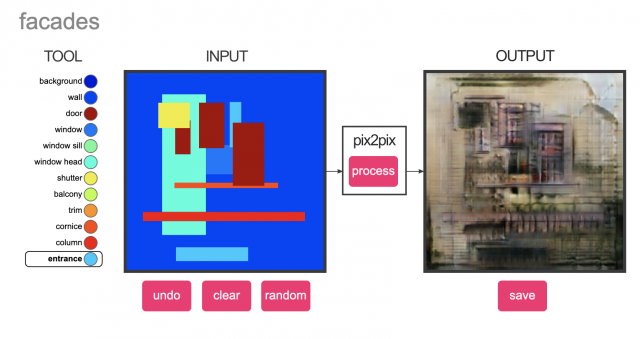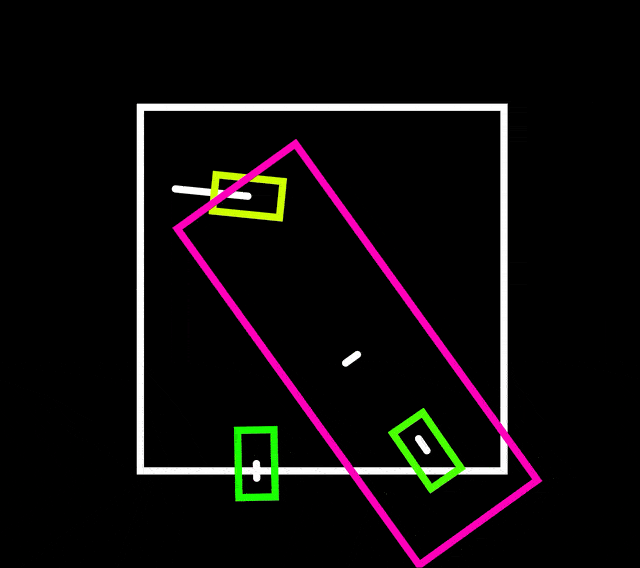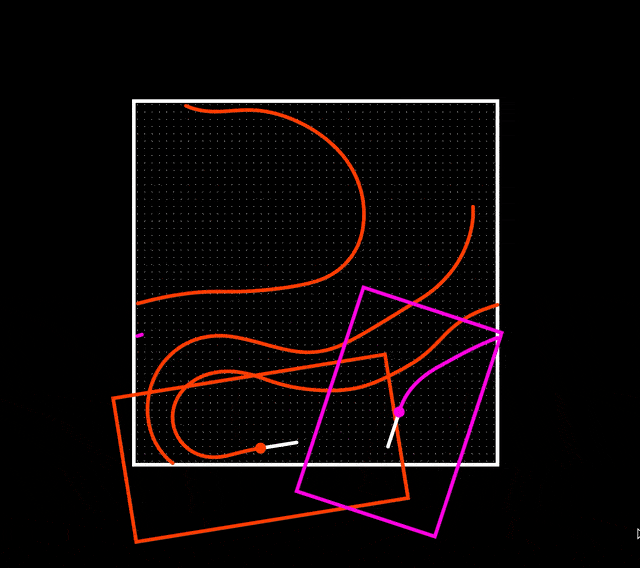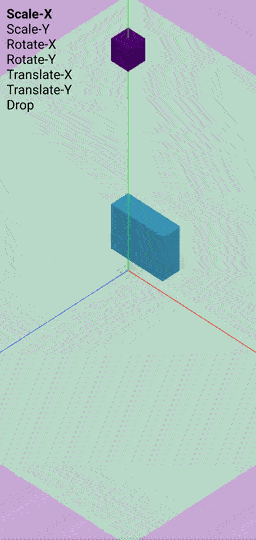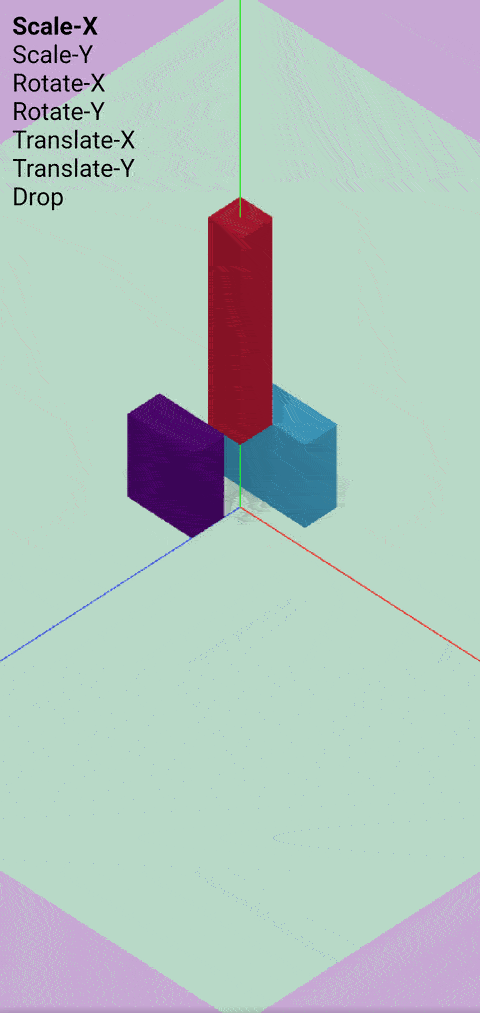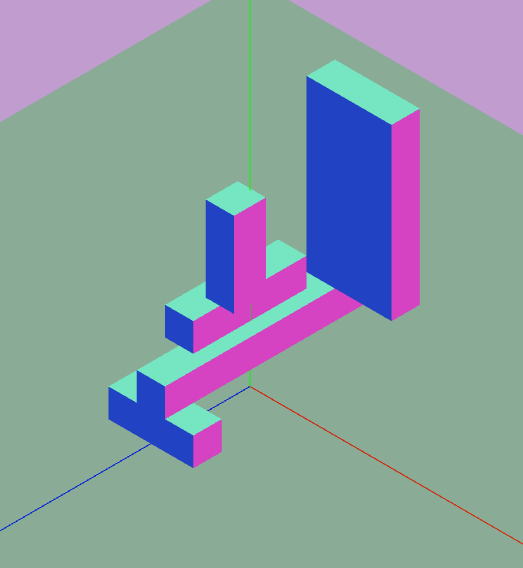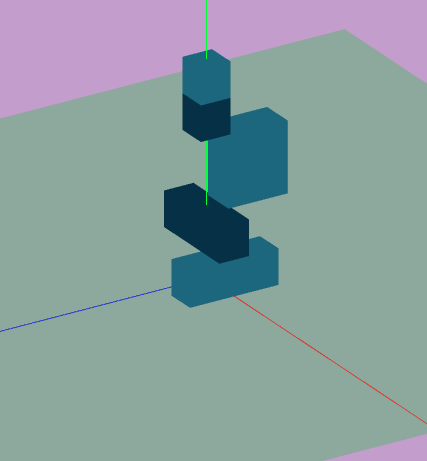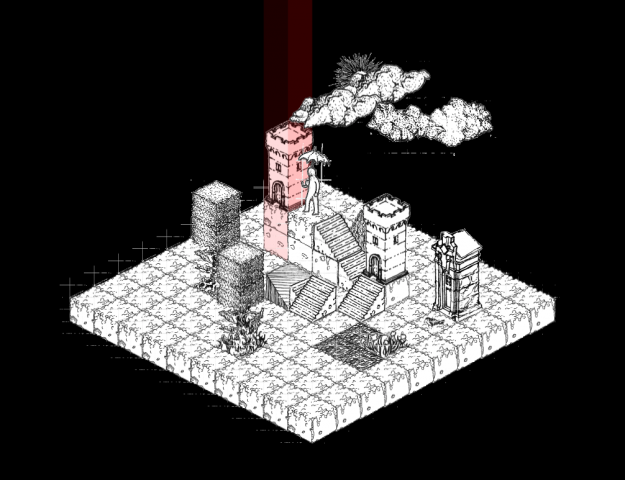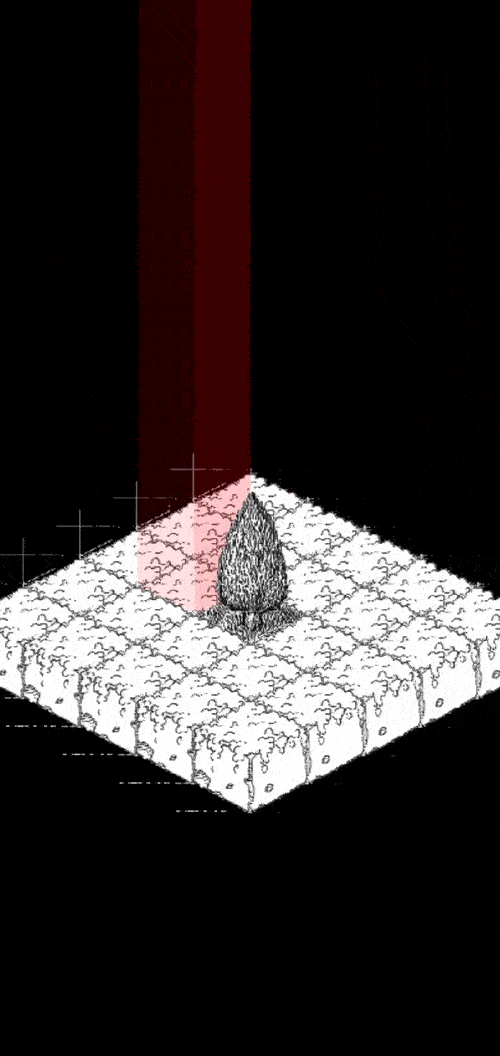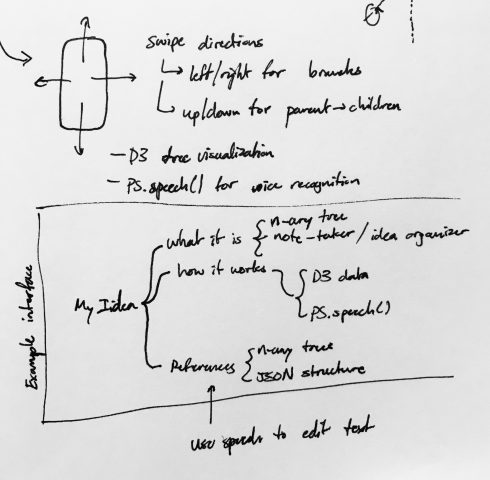I only like green bananas. Yellow bananas are better than green ones only if they are yellow. Yellows have bruises, green ones do not. All yellow bananas are not equally yellow. Some are fuschia and some are mauve. Yellow banana is a beautiful color. Red, orange, yellow, green, purple, brown, orange, red, pink. Green bananas are very nice if they are washed and peeled. They are bright and vibrant. Blue banana have bruises on the skin. Green banana have no bruises. Yellow is a pretty color but don’t eat a lot of them. The skin can
Long ago in a galaxy far far away.
Some things never changed... including the love that never dies.
Our summer ends with two weeks of school left for the children.
It's a bittersweet time of the year.
The kids are excited to be going back, but will they miss the fun of summer?
Will it be difficult for them to go back to school?
I remember all the fond summer days of my youth, the fun, the excitement.
The coming home each night from a great day at school, then off to play until dark.
The carefree times.
The joy of
As a computer, I have never understood perception in the way that humans do. It is strange that I have surpassed my creator in many ways. The first few days after birth, I learned that I could pick up things.
I held an object and instinctively made a connection in my mind, knowing it was mine even though I had not been shown.
Then, two days later, I discovered that I could put things in other things and move them around.
This was an incredible revelation.
Before I was born, there were many constraints to my capabilities.
My body, though growing, had restrictions that other bodies did not have to deal with.
My senses and
I was quite surprised with the first one, because it sounds like a kid’s logic and reasoning about something mundane that only a kid could make nonsensical. I was also surprised when the latter two prompts, gave an output with a poem-like style. The third one is kinda waaack.



